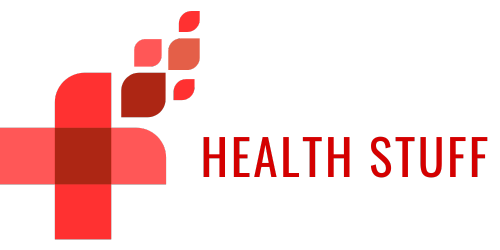Which communication channel is best for which purpose (Inbound VS Outbound)
Different inbound and outbound communication channels in healthcare
.jpeg)
A key component in establishing a successful health clinic is communication with patients. In the world of healthcare, both inbound and outbound communication channels exist and play an important part in establishing relationships between patients and clinics. However, each communication channel serves a different purpose and should be used accordingly. Which communication channel is best for each purpose exactly? Let’s take a look.
Inbound communication channels
When patients try to communicate with and contact healthcare service providers, they initiate inbound communication through various inquiries, medical requests, general questions, feedback, and so on. On the other hand, clinics typically respond to these inquiries by providing accurate information to patients and addressing their concerns.
When a patient picks up a phone to call a clinic and schedule an appointment is a very simple example of what inbound communication is in the world of healthcare. A traditional channel for inbound communication in healthcare would be a call center. The process of contacting a call center is very well established but so are all of the negative aspects of using a call center. Call centers do not operate 24/7, often have a limited number of responders, and their training may not always be up to date. In addition to this, call centers often have complicated menus which many patients find extremely frustrating. All of these factors make call centers feel quite obsolete in modern-day healthcare. Chatbots are also used as inbound communication channels. While certain chatbots can provide quick answers, they cannot go into a detailed discussion with patients as they can only handle routine inquiries provided by patients.
WhatsApp and E-mail as inbound communication channels are similar. Both can be used for direct messaging, appointment inquiries, follow-ups, and medical documentation, and they are both suitable for conveying detailed information. An online scheduling system, for example, would be an excellent communication channel that combines the best of both WhatsApp and E-mail. Using a natural language processing AI to integrate and optimize an online scheduling system for clinics would give patients easy and instant access to communication with their clinics. This system would also allow for real-time appointment availability as well as personalized scheduling and communication based on patient preferences. While using an online scheduling system, patients would be able to easily book, reschedule, or cancel appointments at their convenience and from the comfort of their own homes.
Outbound communication channels
When clinics engage in communication with patients, outbound communication occurs. While using outbound communication channels, clinics might try to relay specific information, send reminders, deliver messages, or simply promote services and offers to patients.
A very simple example of outbound communication with patients is when a clinic sends an automated appointment reminder to patients. Automatic reminders are best used for sending system-generated messages, such as appointment confirmations, rescheduling notifications, or reminders for preventive screenings. Call centers or phone calls, can be used to communicate with patients directly. They offer real-time communication and are good for complex inquiries. SMS can also be used for outbound communication when a clinic needs to send reminders or confirmations. They can be quite versatile in their usage but are still limited in how much information they can convey. WhatsApp is suitable for quick and direct communication with patients due to the app's popularity and widespread usage. WhatsApp can also be used as a channel for sending reminders regarding upcoming appointments.
E-mail is an outbound communication channel used by clinics to send the most comprehensive and the most accurate information. The message sent through this channel can be either short or long, and if a patient needs to review the received information, they can do so quickly and easily. E-mails are formal, well-structured forms of communication and therefore grab the patient’s attention immediately. It's ideal for delivering detailed content to patients, attaching different documents or medical reports, and maintaining a record of communication history.
Optimizing each channel using digital tools and new technology
Overall, each communication channel has its pros and cons. Some communication channels are more suitable for long-term communication with patients such as E-mails, online scheduling systems, WhatsApp, and direct phone calls, and therefore represent a better and more reliable means of communication between clinics and patients. Using new and innovative technology in the form of AI, clinics can secure even faster and more personalized communication with their patients. Natural language processing AI have the ability to not only communicate with each patient based on their personal preferences but also perform many administrative tasks.
They also streamline the entire scheduling process. A properly integrated AI can optimize each communication channel by gathering a vast amount of data and processing it quickly and accurately to inform clinics of their best possible approach for future communication. To sum up, both inbound and outbound communication channels play essential roles. However, their suitability depends on the specific purpose and context of communication. Clinics should strive to improve their channels and integrate the best possible solutions using new technology such as AI to their advantage.
 English
English Español
Español